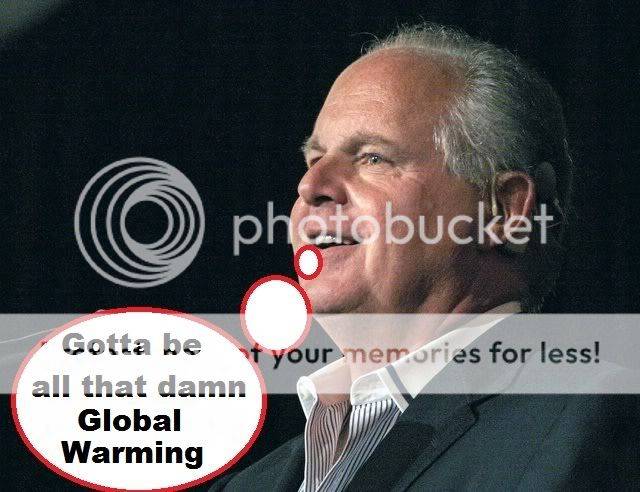Holiday plans fAiL.............
News from The Associated Press
WTF...........

 Blizzard in Denver!!!
Blizzard in Denver!!!
Its June!!!!!!!!!!!!


Or how about another event that makes the k00ks look like k00ks!!!


News from The Associated Press
WTF...........


 Blizzard in Denver!!!
Blizzard in Denver!!!Its June!!!!!!!!!!!!



Or how about another event that makes the k00ks look like k00ks!!!






